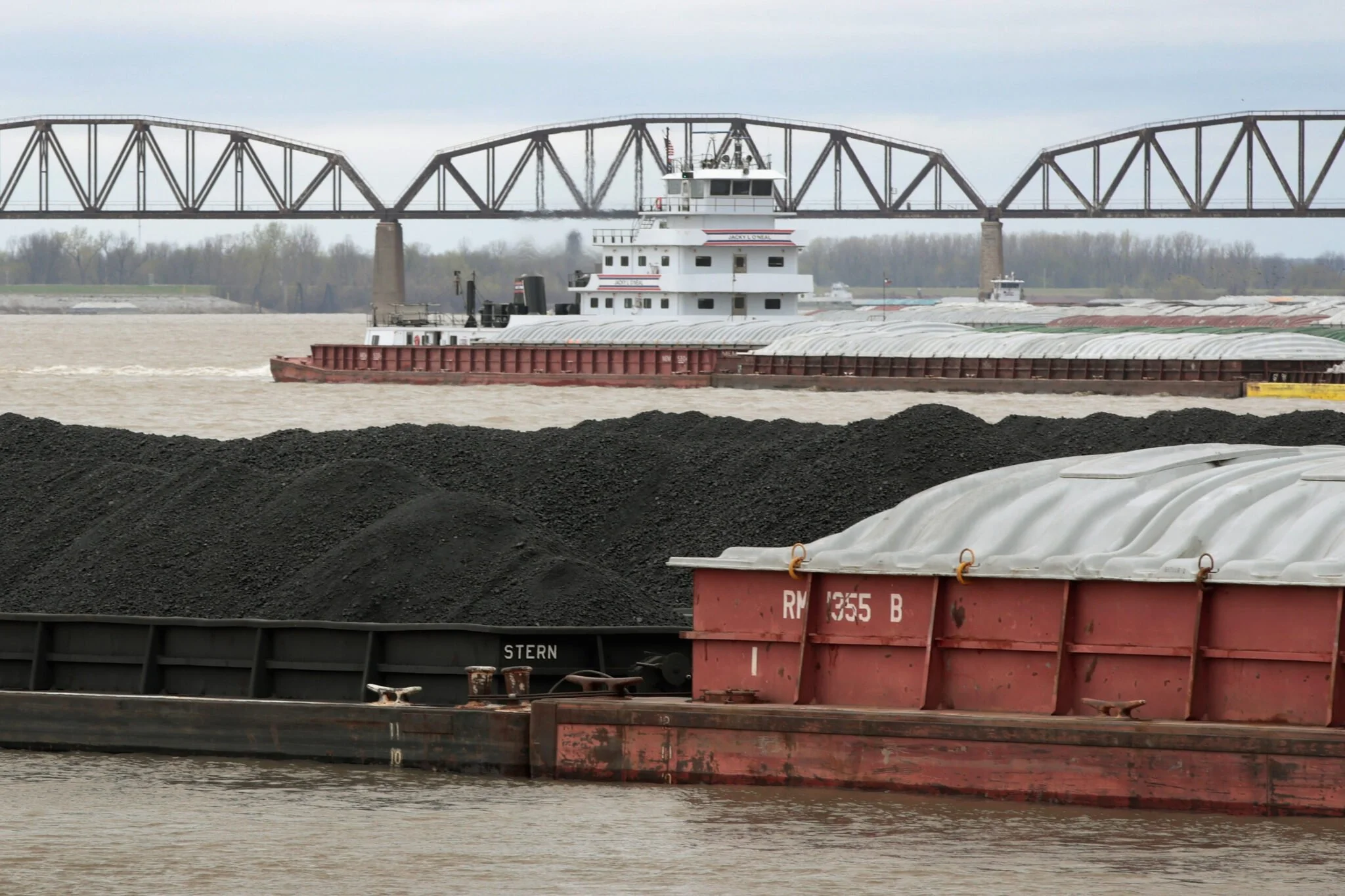Imagine for a moment that climate change wasn’t happening. That the Intergovernmental Panel on Climate Change hadn’t determined major inevitable and irreversible climate changes are likely on the horizon due to release of greenhouse gases. Would our transition past coal to a new energy economy still make sense?
According to a new working paper by researchers out of Arizona State University, the University of California, Santa Barbara, and the University of North Carolina, it probably would. This is because, even in the absence of climate change, coal fire plants expose people to dangerous pollutants.
In particular, this new working paper focused on the pollutant PM2.5, which are basically tiny inhalable particles that can end up in people’s lungs and sometimes even bloodstreams. These particles can cause coughing, difficulty breathing, aggravated asthma, irregular heartbeat, heart attacks, and even death for people who inhale them. In addition, particulate matter can make lakes and streams more acidic, change nutrient balances in river basins, deplete nutrients in soil, damage forests and farm crops, kill animals and plants, and create acid rain.
This new working paper argues that people are exposed to significantly less particulate matter now than they were 20 years ago. Among a wide range of socioeconomic groups, particulate matter exposure was down 86-90% in 2018 compared to 2000 exposure levels.
The researchers also found that the racial gap between Black and white exposure to particulate matter has decreased over the past two decades. While in 2000, Black exposure to particulate matter was 30% higher than white exposure (3.22 micrograms per cubic meter per person vs 2.47 micrograms per cubic meter per person), that gap had shrunk to 14% by 2018 (0.32 micrograms per cubic meter per person vs 0.28 micrograms per cubic meter per person).
The researchers estimate that more than half the particulate emission reductions during the period of study are attributable to a shift from coal-based to natural gas-based electricity production, while most of the remainder was due to reduced emission intensity, potentially driven by air pollution policies like the Clean Air Act.
Over the period from 2000 to 2018, Ohio saw a 58% decrease in energy production with coal. Meanwhile, natural gas production ballooned over that time period by a factor of 24 (a 2,418% increase). Natural gas, which was only producing 14% as much energy as coal in Ohio in 2012, surpassed coal energy production in 2014 and hasn’t looked back. In 2020, natural gas produced 30 times (2,956%) as much energy as coal.
Natural gas isn’t completely clean, it too produces particulate matter. Transition to alternative sources of power such as solar and wind will further reduce particulate matter pollution in Ohio. This will lead to less individual exposure to particulate matter, thus reducing morbidity and mortality associated with exposure to particulate matter. It will also curb the environmental impacts of particulate matter.
Climate change on its own is a reason to want to transition Ohio’s energy economy. But clean energy will also help Ohioans breathe easier, our riverbeds and soil be cleaner, and our forest and wildlife be more healthy right now and for years into the future. This gives us another reason to want to move into the next phase of Ohio’s energy economy.
This commentary first appeared in the Ohio Capital Journal.

